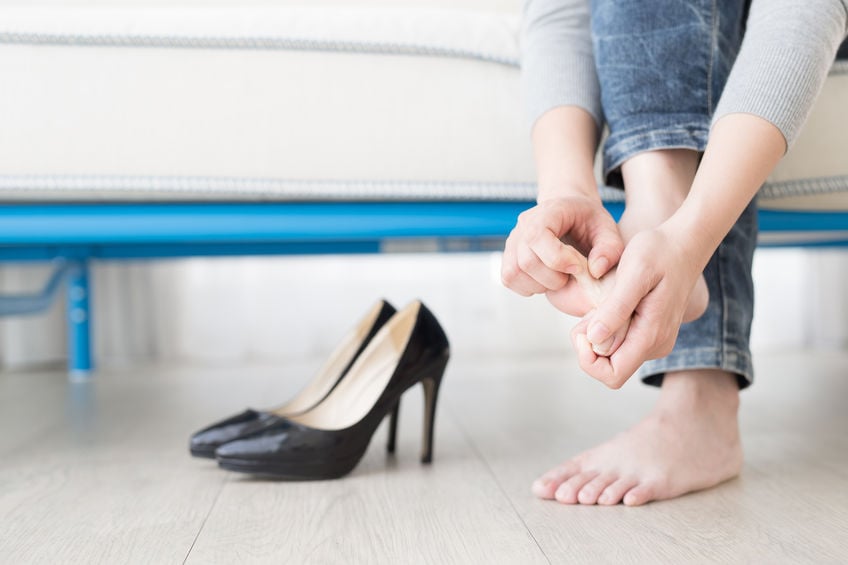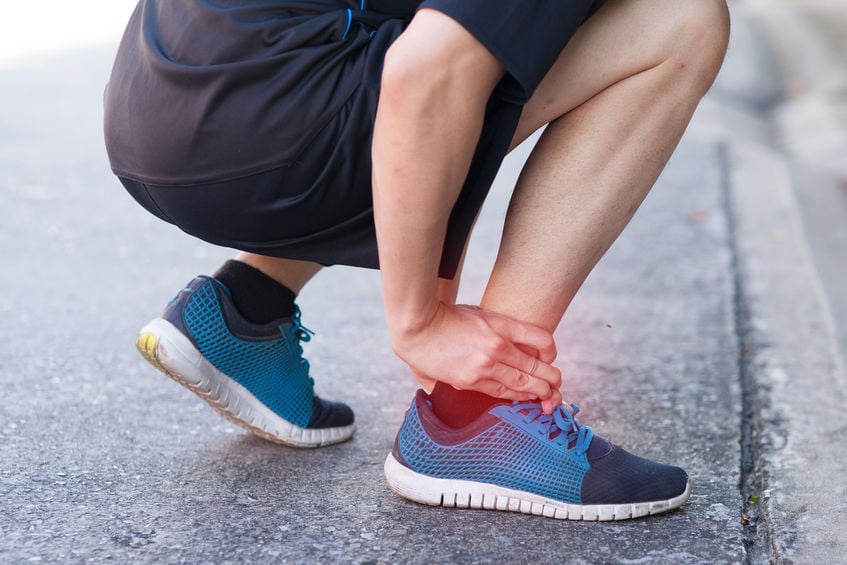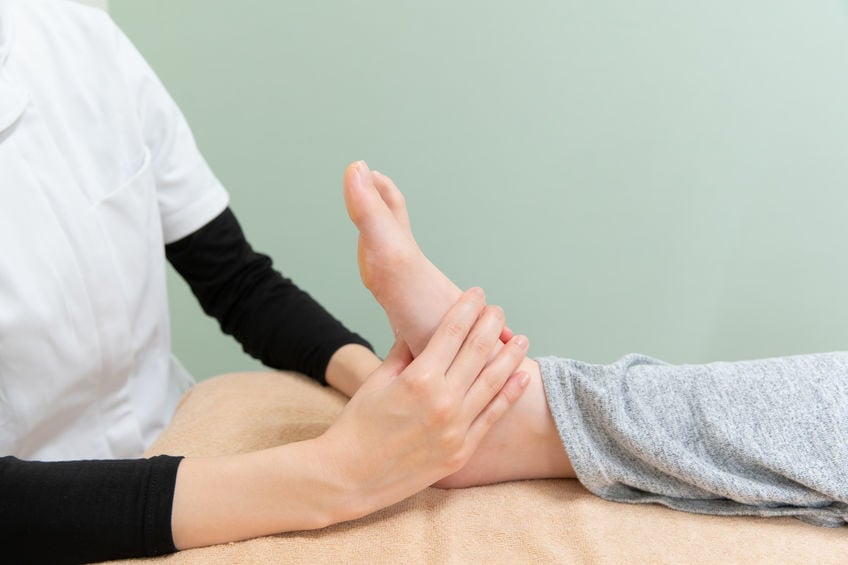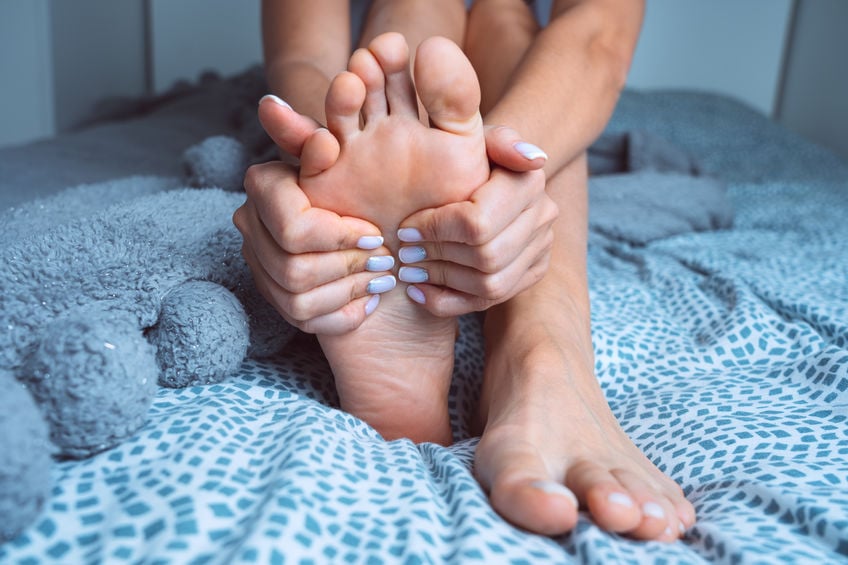What’s The Big Deal With Bunions?
The protruding bump often found at the base of the big toe, known as a bunion, is far more than a cosmetic inconvenience. Bunions are a source of chronic discomfort that can significantly impact quality of life. Clinically known as hallux valgus, bunions form when the metatarsophalangeal (MTP) joint undergoes a significant shift in alignment. This deviation in joint architecture not only seems unpleasant to the eye but can also cause chronic discomfort. In severe cases, a surgical procedure called bunionectomy can provide fantastic, long-term relief.

What is bunionectomy?
Performed using minimally invasive techniques, a bunionectomy is a medical intervention that treats the pain and deformity created by bunions. During a bunionectomy, a surgeon typically makes an incision near the big toe joint. The surgeon then removes or realigns the misaligned bone, joint, and soft tissues. The specific techniques used in a bunionectomy may vary depending on the severity of the bunion and the surgeon's approach. Overall success depends on the method used, the surgeon’s skill, and the extent of damage to the foot. This surgeon should have an in-depth knowledge of podiatric anatomy so the procedure can be tailored to match the individual needs of the patient.
Bunion causes
In some cases, bunions have a genetic component, meaning the condition runs in the family. Understanding this genetic predisposition can help individuals proactively prevent or address bunions. The type of shoes worn also plays a significant role in bunion development. Ill-fitting shoes, especially those with narrow-toe boxes or high heels, can create or exacerbate bunions. Beyond genetics and footwear, other factors, including deformities at birth, injuries, repeated stress from sports, and rheumatoid arthritis (RA), can also cause bunions.
Impact on daily life
Bunions can result in persistent pain and discomfort, affecting the ability to walk, stand, or engage in physical activities. The limitations imposed by bunions can extend beyond pain. Mobility issues and restrictions on sports and exercise are common among people with bunions. Bunions aren't just a physical issue but can also have psychological effects. People are less likely to wear open-toed shoes or display feet in public due to self-esteem issues when bunions are present.
Conservative treatment options
Before considering surgery, individuals with bunions often explore conservative treatments. The use of orthotics and modifications to footwear are non-surgical methods worth trying. There are over-the-counter (OTC) and prescription medications, as well as home remedies, that can provide relief from bunion-related discomfort. Physical therapy (PT) can be another valuable component of bunion management. Targeted PT exercises and stretches can improve foot strength and mobility while alleviating pain.
Relief with bunionectomy
Bothersome bunions should not be ignored, especially if the condition leads to ongoing foot pain. Bunionectomy is a viable solution if non-surgical options fail to provide relief. By consulting with a foot specialist and understanding the intricacies of the procedure, bunion sufferers can pave the way to relief and improved foot health.
More Articles from MVSC
December 14, 2023
Ankle pain is common, but sometimes arthritis is at play. An orthopedic surgeon may recommend subtalar fusion for patients.
September 26, 2023
An Achilles tendon recovery timeline can be long and grueling. With rest and physical therapy, patients can see faster results.
September 19, 2023
Big toe arthritis can cause severe discomfort if left untreated. Hallux rigidus repair can provide extensive relief for patients.
September 12, 2023
Foot fractures can be debilitating and reduce mobility. Signs can indicate that a fracture is more serious, possibly requiring ORIF surgery.







